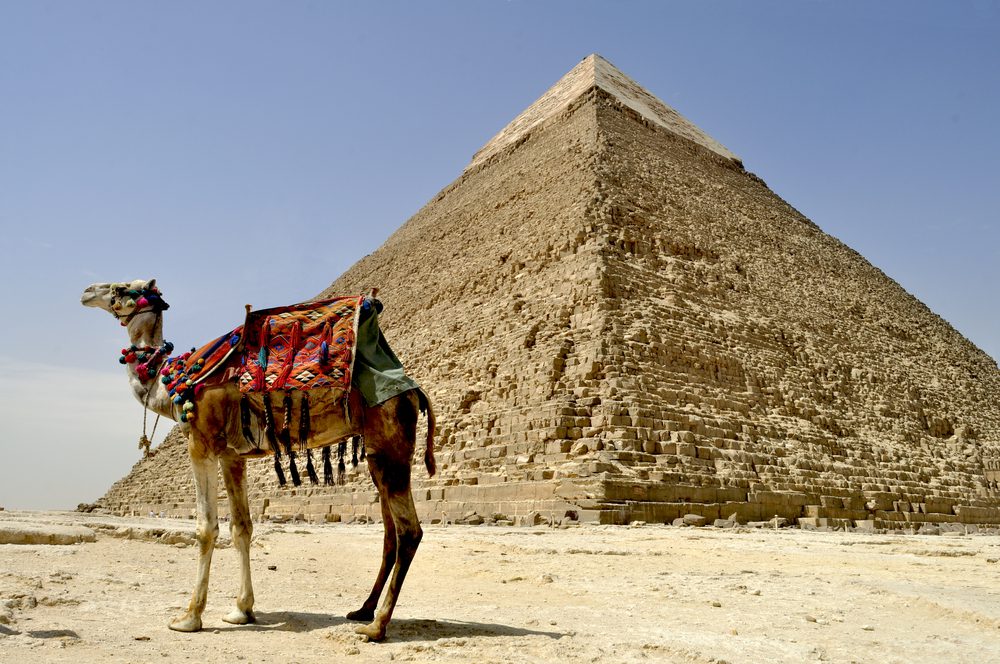Archaeologists have detailed the hidden corridor found deep within Khufu’s Great Pyramid of Giza in Egypt by blasting it with cosmic ray muons. As explained in a new study, the researchers hope their work might shed light on the mystery of how this incredible structure was constructed.
Unusual gaping voids within the pyramid were first uncovered in 2016 and 2017 by ScanPyramids, but this latest research has provided a much clearer picture of the structure’s inner workings.
Scientists from the University of Paris-Saclay in France and Nagoya University in Japan used a technique called cosmic-ray muon radiography that can generate three-dimensional images of the structure’s innards.
This revealed that the corridor is around 9 meters (29 feet) in length, and has a transverse section of about 2 by 2 meters (6.5 by 6.5 feet). The purpose of this corridor and the area it leads to, however, is still not understood.

There’s still no conclusive theory on how the pyramids of Egypt were built. Image credit: Simon Clay/Shutterstock.com
The corridor is located behind a stone chevron structure on the north face of the pyramid. The role of the chevon is unclear, but some believe it played an architectural role and helped provide structural integrity to the pyramid. By understanding them a bit better, it’s hoped the “enigmatic” chevrons could provide some insight into how the pyramids were built.
“Khufu’s Pyramid is the first pyramid, in history, that uses a Chevron technique to cover internal structures and prevent them from collapsing. We can find Chevron on the North Face, in the queen’s chamber ceiling and above the king’s chamber. The construction process of the oldest of the seven wonders of the ancient world is one of the most important archaeological mysteries. Any discovery of previously unknown internal structures could contribute to the knowledge on the construction of this Pyramid,” the study authors write.
The Great Pyramid of Giza was built about 4,500 years ago and is one of the largest ancient monuments in the world. Formed of over 2.3 million stone blocks that were quarried from all around Egypt, its construction was commissioned by Pharoah Khufu, aka Cheops, and served as his final resting place.
When the pyramid was cracked open and explored by archaeologists in the 19th century, they discovered a number of chambers, including the so-called Queen’s Chamber and King’s Chamber, as well as an abandoned subterranean chamber beneath the ground.
Oddly, however, the body of Khufu was never discovered. While some suspected grave robbers had looted the mummy, there’s speculation that his body remains in the pyramid, hidden in a long-lost tomb.
The new study was published in the journal Nature Communications.
Source Link: Long-Lost Corridor Inside Great Pyramid Of Giza Revealed By Cosmic Rays